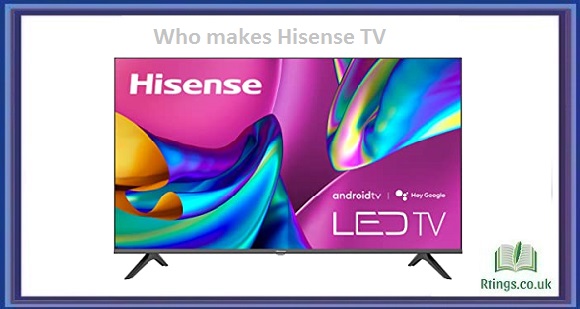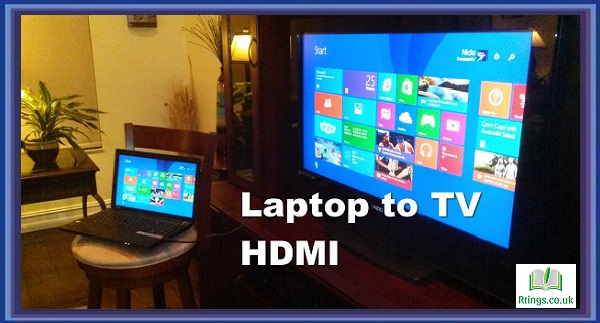Curved monitors have become increasingly popular in recent years, with many claiming that they are better for your eyes. However, the jury is still out on whether this is the case. In this article, we will explore the potential benefits and drawbacks of using a curved monitor and determine whether or not they are genuinely better for your eyes.
Benefits of Curved Monitors
Reduced Eye Strain
One of the most commonly cited benefits of using a curved monitor is that it can help reduce eye strain. The theory behind this is that a curved screen mimics the natural shape of the human eye, which allows for a more comfortable viewing experience. Additionally, the curve of the screen can help to reduce glare and reflections, which can also contribute to eye strain.
Increased Field of View
Another potential benefit of using a curved monitor is that it can increase your field of view. With a flat screen, your eyes must move back and forth to take in the entire image. However, with a curved screen, your eyes can take in more of the image at once, reducing the amount of eye movement required. This can help to minimize eye strain and fatigue over time.
Improved Immersion
Curved monitors can also provide a more immersive viewing experience, particularly when watching movies or playing video games. The screen’s curve can create a more natural cinematic experience, making it feel like you are more “inside” the action.
Drawbacks of Curved Monitors
Higher Cost
One of the most significant drawbacks of using a curved monitor is that they tend to be more expensive than flat monitors. This can make them less accessible for many people, particularly those on a budget.
Limited Viewing Angles
Another potential drawback of using curved monitors is that they tend to have more limited viewing angles than flat monitors. This means the image can appear distorted or washed out when viewed from certain angles. This can be particularly problematic for people who need to share their screen with others or work in a multi-monitor setup.
Unsuitable for certain tasks
Curved monitors may not be suitable for certain tasks like graphic design, video editing or programming as the screen curvature can distort images or texts, making it challenging to work with.
Conclusion
Curved monitors have the potential to provide a more comfortable viewing experience and can help to reduce eye strain, increase the field of view and improve immersion. However, they also have drawbacks, such as higher costs, limited viewing angles, and the need to be more suitable for specific tasks. Ultimately, whether or not a curved monitor is right for you will depend on your individual needs and preferences. It’s essential to consider your usage, budget and work environment before making a decision. If you have any concerns or doubts, it is best to try out a curved monitor before purchasing it to see if it works for you.
Frequently Asked Questions (FAQs)
What are the cons of a curved monitor?
Curved monitors have become increasingly popular recently, with many claiming to provide a more immersive and comfortable viewing experience. However, there are also several drawbacks to using a curved monitor.
One of the main cons of curved monitors is that they tend to be more expensive than flat monitors. This can make them less accessible for many people, particularly those on a budget. Additionally, curved monitors tend to have more limited viewing angles than flat monitors. This means the image can appear distorted or washed out when viewed from certain angles. This can be particularly problematic for people who need to share their screen with others or work in a multi-monitor setup.
Another con of curved monitors is that they may not be suitable for specific tasks like graphic design, video editing or programming, as the screen curvature can distort images or texts, making it challenging to work with. This can frustrate users who need to perform precision tasks on their monitors.
Finally, curved monitors may not be suitable for people with specific vision impairments, as the screen’s curve can exacerbate certain visual distortions. This is something that should be considered before making a purchase.
In summary, while curved monitors may provide a more immersive and comfortable viewing experience for some users, they also come with cons such as higher cost, limited viewing angles, unsuitable for specific tasks, and certain vision impairments. It’s essential to consider these factors before making a purchase.
Are flat monitors better than curved ones?
The debate over whether flat monitors or curved monitors are better is ongoing. Each type of monitor has its unique advantages and disadvantages.
One of the main advantages of flat monitors is that they are more affordable than curved monitors. They also tend to have wider viewing angles, which can benefit those who need to share their screen with others or work in a multi-monitor setup. Flat monitors are typically better suited for tasks such as graphic design, video editing or programming. The flat screen minimizes the distortion of images or text, making it easier to work with.
On the other hand, curved monitors can provide some users with a more immersive and comfortable viewing experience. The screen’s curve can help reduce glare and reflections and mimic the natural shape of the human eye, reducing eye strain. Additionally, curved monitors can increase the field of view and make it feel like you are more “inside” the action.
In conclusion, while both flat and curved monitors have their unique advantages and disadvantages, whether or not one is better than the other ultimately depends on the user’s individual needs and preferences. Flat monitors are more affordable and better suited for specific tasks, while curved monitors provide a more immersive and comfortable viewing experience. It’s essential to consider your usage, budget, and work environment before making a decision.
Are curved monitors beneficial?
Curved monitors have become increasingly popular recently, with many claiming to provide a more immersive and comfortable viewing experience. However, whether or not curved monitors are truly beneficial is still a topic of debate.
One of the main benefits of using a curved monitor is that it can help reduce eye strain. The theory behind this is that a curved screen mimics the natural shape of the human eye, which allows for a more comfortable viewing experience. Additionally, the curve of the screen can help to reduce glare and reflections, which can also contribute to eye strain.
Another potential benefit of using a curved monitor is that it can increase your field of view. With a flat screen, your eyes must move back and forth to take in the entire image. However, with a curved screen, your eyes can take in more of the image at once, reducing the amount of eye movement required. This can help to minimize eye strain and fatigue over time.
Curved monitors can also provide a more immersive viewing experience, particularly when watching movies or playing video games. The screen’s curve can create more natural cinematic expertise and make it feel like you are more “inside” the action.
However, it’s important to note that curved monitors have drawbacks, such as higher cost, limited viewing angles, and are unsuitable for specific tasks. It’s essential to consider your usage, budget and work environment before making a decision.
In summary, while curved monitors have the potential to provide a more comfortable viewing experience and can help to reduce eye strain, increase the field of view and improve immersion, they also have drawbacks. Ultimately, whether or not a curved monitor benefits you will depend on your individual needs and preferences.







